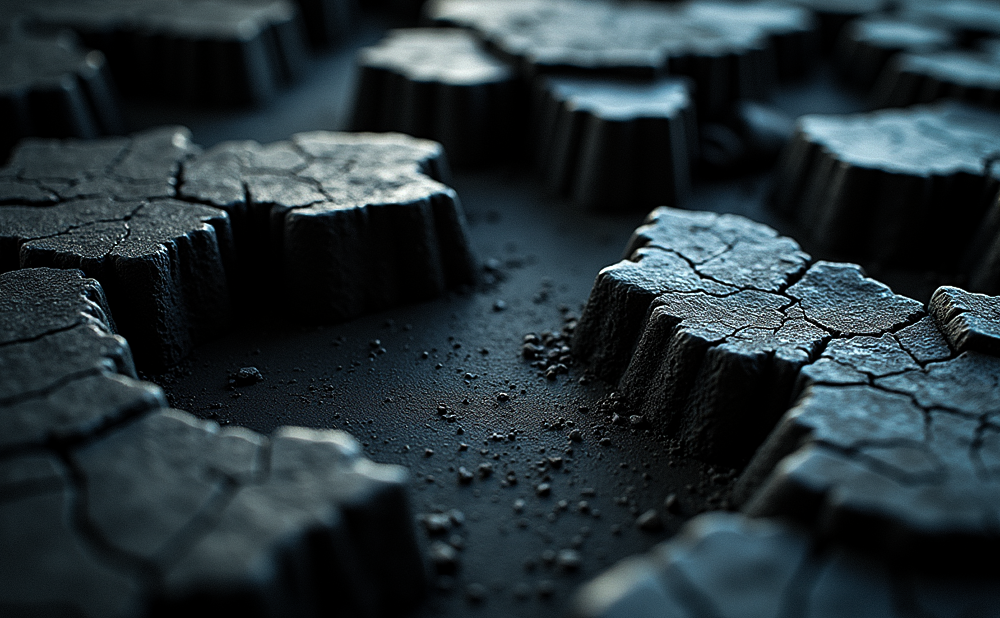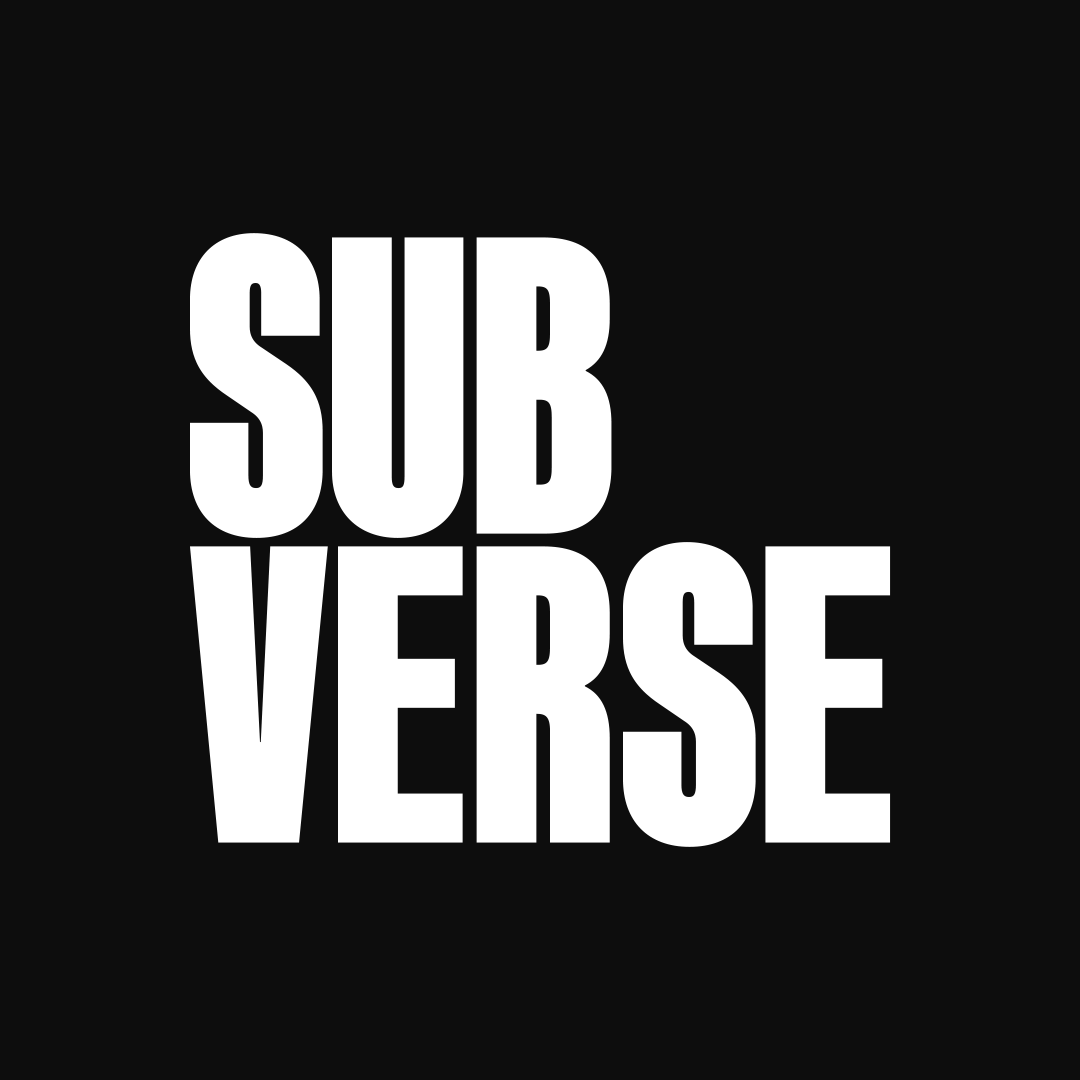Have you ever wondered why certain spaces instantly put you at ease while others make your heart race with excitement? The answer often lies in design aesthetics—specifically, the contrasting styles of minimalism and maximalism. As trends ebb and flow across various design fields, the psychological impact of these two approaches on audience perception is becoming increasingly clear. In this article, we’ll explore how maximalist and minimalist design influences emotions, decision-making, and overall audience connection.
Defining Maximalist and Minimalist Design
Maximalist Design
Maximalist design is characterized by its bold colors, intricate patterns, and a rich abundance of elements that invite engagement. Think of a lavishly decorated room filled with art, textures, and various decorative pieces vying for attention. This approach thrives on the motto “more is more,” often seen in art installations, vibrant interior layouts, and dynamic graphic designs.
Minimalist Design
In contrast, minimalist design champions simplicity, whitespace, and functionality. This style is all about stripping away the unnecessary to highlight what’s essential. Picture a sleek, modern space that invites calm through its uncluttered aesthetics. You can see minimalism in product designs, branding, and elegant web layouts that prioritize user experience without overwhelming the viewer.
Psychological Responses to Design: An Overview
At its core, design is a powerful tool that influences human emotion and behavior. The way we perceive visual stimuli shapes our mental states, guiding feelings and even decision-making processes. For example, a busy visual environment can elicit excitement or stress, while a clean, open space often promotes tranquility and clarity.
Psychological Effects of Maximalist Design
Stimulating Emotions
Maximalist design can evoke a sense of excitement and creativity through its vibrant environments. A study by the University of Southern California found that rich, stimulating visuals boost engagement by nearly 60% compared to minimalist settings. This style taps into the audience’s emotions, inspiring joyful experiences that are memorable and impactful.
Cognitive Overload
However, maximalism also walks a fine line. Too many visual elements can overwhelm viewers, leading to confusion or stress—an effect known as cognitive overload. Research by the Journal of Attention Disorders illustrates how cluttered environments can significantly reduce attention spans and information processing efficiency, which might work against the initial excitement of maximalist design.
Psychological Effects of Minimalist Design
Promoting Calmness and Focus
On the other hand, minimalist design fosters a sense of calm and clarity of thought. Studies indicate that individuals working in minimalist environments report a 20% increase in productivity compared to those in maximalist settings. Spaces that embrace simplicity reduce distractions, allowing for enhanced focus and mental well-being.
Aesthetic Preferences and Decision Fatigue
Minimalist design also combats decision fatigue by eliminating unnecessary choices. Research by Barry Schwartz in The Paradox of Choice reveals that fewer options lead to greater satisfaction and less stress in decision-making scenarios. By simplifying the design, brands can create experiences that resonate with a broader audience.
Audience Perception: Empathy and Connection
Maximalism and Connection
Maximalist designs evoke rich personal narratives and emotional connections. Brands like Anthropologie leverage this aesthetic to create a shopping experience that feels warm and personalized, fostering community and loyalty among their audience. The intricate details draw customers into a narrative, making them feel a part of something special.
Minimalism and Accessibility
Conversely, minimalist design offers universal appeal, making products more accessible to diverse demographics. Brands such as Apple utilize clean lines and simple interfaces to attract a wide range of users, ensuring that their products are easy to understand and use, thereby creating a sense of inclusivity.
Practical Applications for Designers and Marketers
Choosing the Right Design Style
Deciding between maximalism and minimalism is not just about personal preference; it’s about knowing your audience. Conducting thorough audience research and A/B testing can provide insights into which design strategy resonates better with your target market. For instance, a younger audience might lean towards maximalism for its vibrancy, while a professional demographic might prefer the clarity of minimalism.
Balancing Both Styles
What if you don’t have to choose? Many successful designs integrate elements from both styles, creating spaces that are dynamic yet functional. This approach allows for versatility, appealing to varied preferences. Techniques such as using minimal backgrounds with maximalist accents can yield a harmonious balance.
Conclusion
Understanding the psychological effects of maximalist versus minimalist design is crucial for creating impactful experiences and forging connections with audiences. Each style carries unique strengths and potential pitfalls that shape perceptions and emotional responses. As you reflect on your own design preferences, consider how they influence your decision-making and emotional landscape. Whether you’re drawn to the chaos of maximalism or the serenity of minimalism, both are powerful tools in the world of design that deserve thoughtful exploration.
Call to Action
Dive deeper into your own design preferences. What emotions do you want to evoke in your audience? Share your thoughts and consider how these insights can influence your next project!

